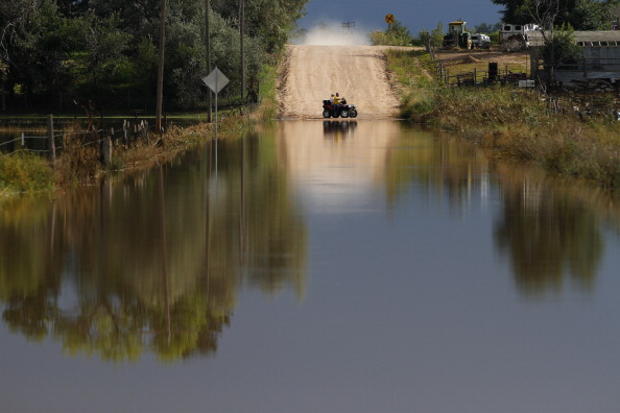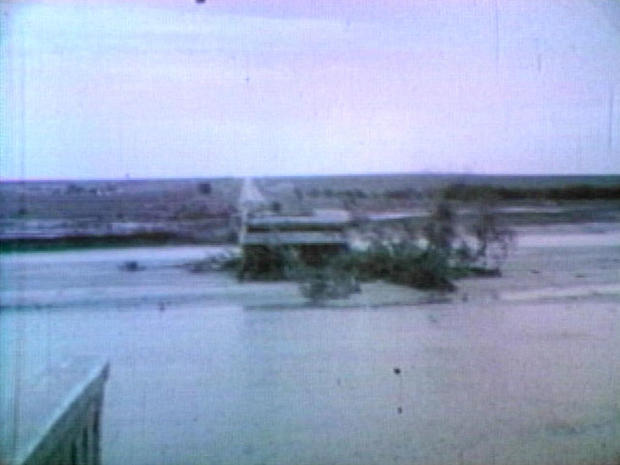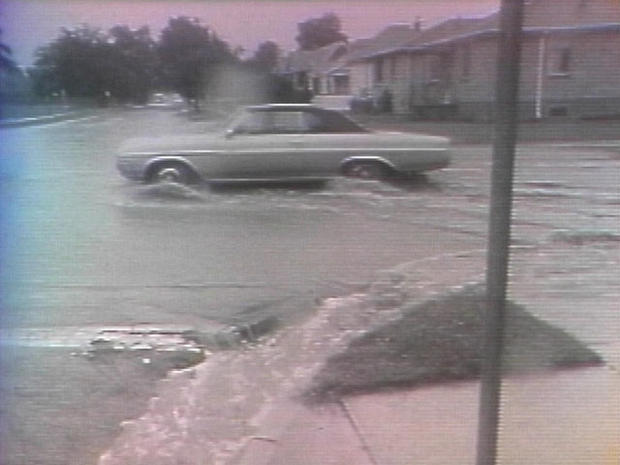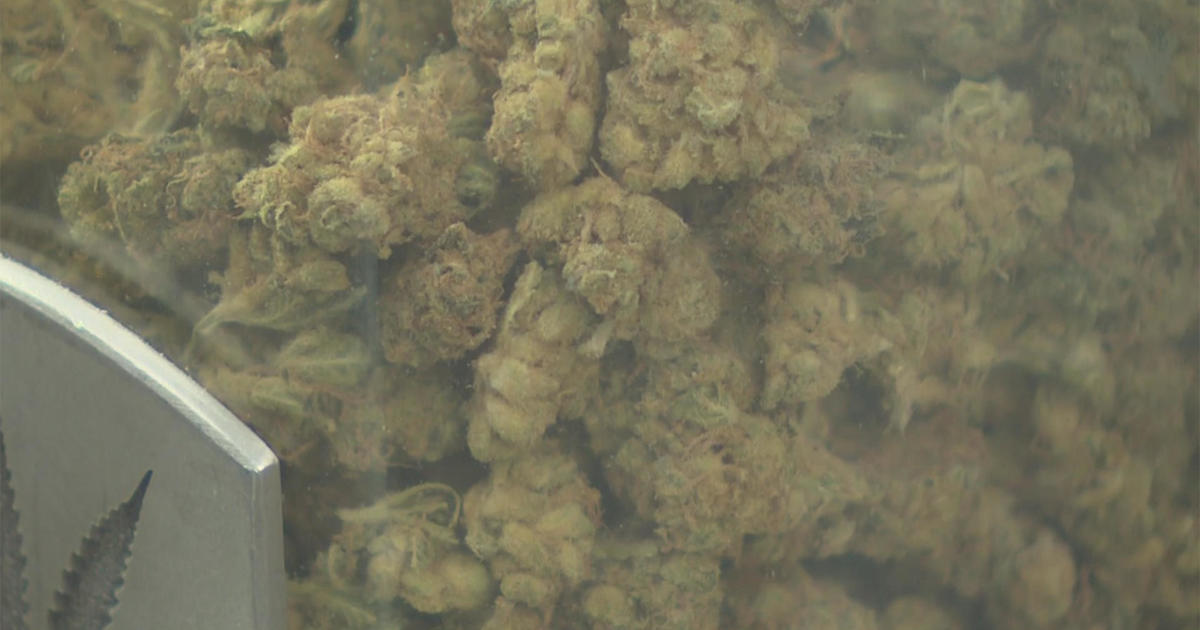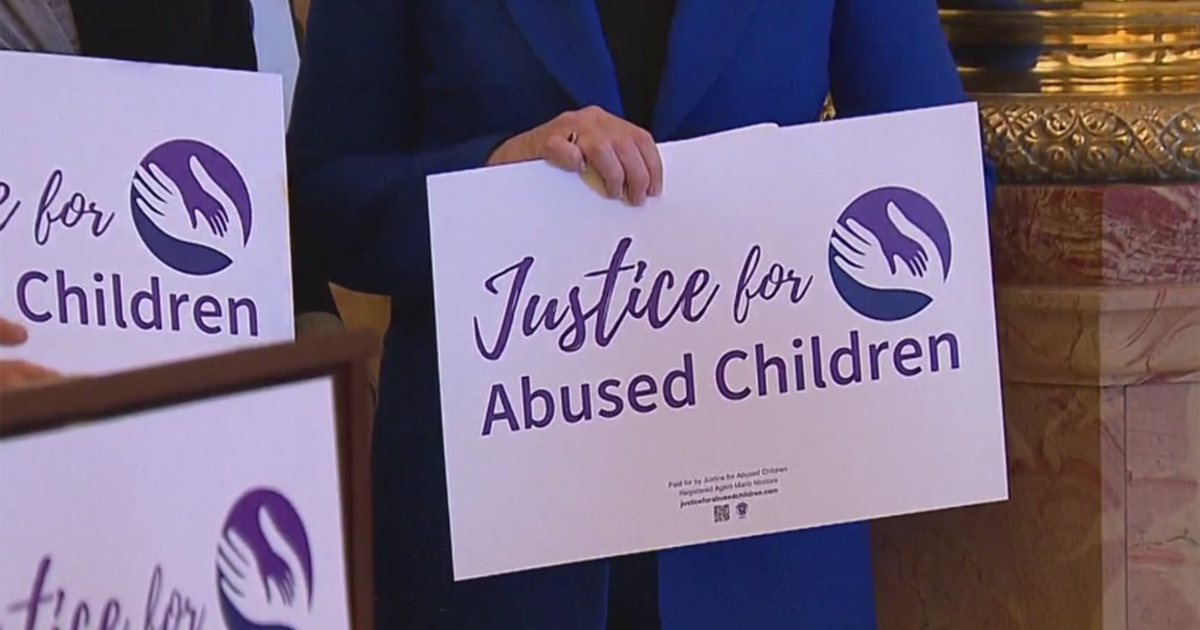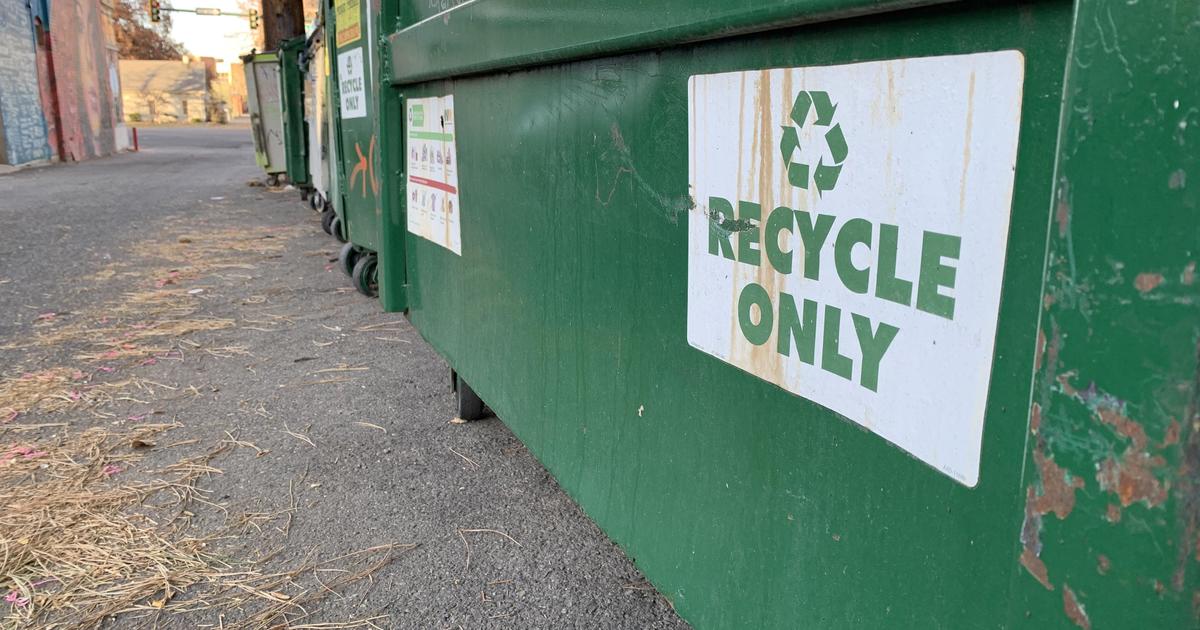State Climatologist's Office: 1965 Flood Not Really Comparable To 2013
DENVER (CBS4) - CBSDenver.com visitor Kathy Plummer posed the following question:
I was wondering if you knew how the 1965 flood compared to the 2013 flood?
So CBS4 posed the question to the state climatologist's office at Colorado State University. Chris Spears responded with the following:
The 1965 and 2013 floods really cannot be compared - they were both catastrophic and both extreme, but for different reasons. In some cases, it can be argued that the 1965 was still bigger than this event, especially in terms of flood coverage. Two of the major differences follow.
RAIN/STORMS: The 1965 flood had widespread rain, but the event was composed of a lot of isolated and intense thunderstorms that dropped pockets of very heavy rain whereas the 2013 flood was a more widespread heavy rain with little in the way of embedded thunderstorms. The rains were more tropical in nature, meaning the process that created them. We are used to storms caused by daytime heating and after the sun sets, they go away. These storms developed and really got going during the overnight, they created their own energy, much like what happens in the tropics.
LOCATION: The 1965 flood was caused by heavy rain mainly to the south of Denver and all that water flowed North, making it's way to the South Platte, flowing through Denver, and causing catastrophic flooding along the Cherry Creek, South Platte and other streams. The 2013 flood, as we know, most of the rain fell north and west of Denver, with the exception of a heavy pocket along 225 in Aurora. The 2013 event began as a FLASH FLOOD, with extreme amounts of water flowing off the foothills and on the plains in a very short period of time. (literally walls of water) It then turned into a FLOOD as the heavy runoff caused the South Platte River to swell above flood stage. The 1965 flood also had a huge impact on the Arkansas River basin in SE Colorado which this event did not.
Here is a nice link to the 1965 flood.
assessment.ucar.edu/.../flood_summaries/
I know it is natural to compare current events to past events to gain a perspective, but the reality is, both were historical and extreme but yet very different.
Colorado Floods: How To Help
The recent floods are impacting families and communities throughout Colorado, so CBS4 has compiled a list of ways you can support the local communities impacted by the floods.
